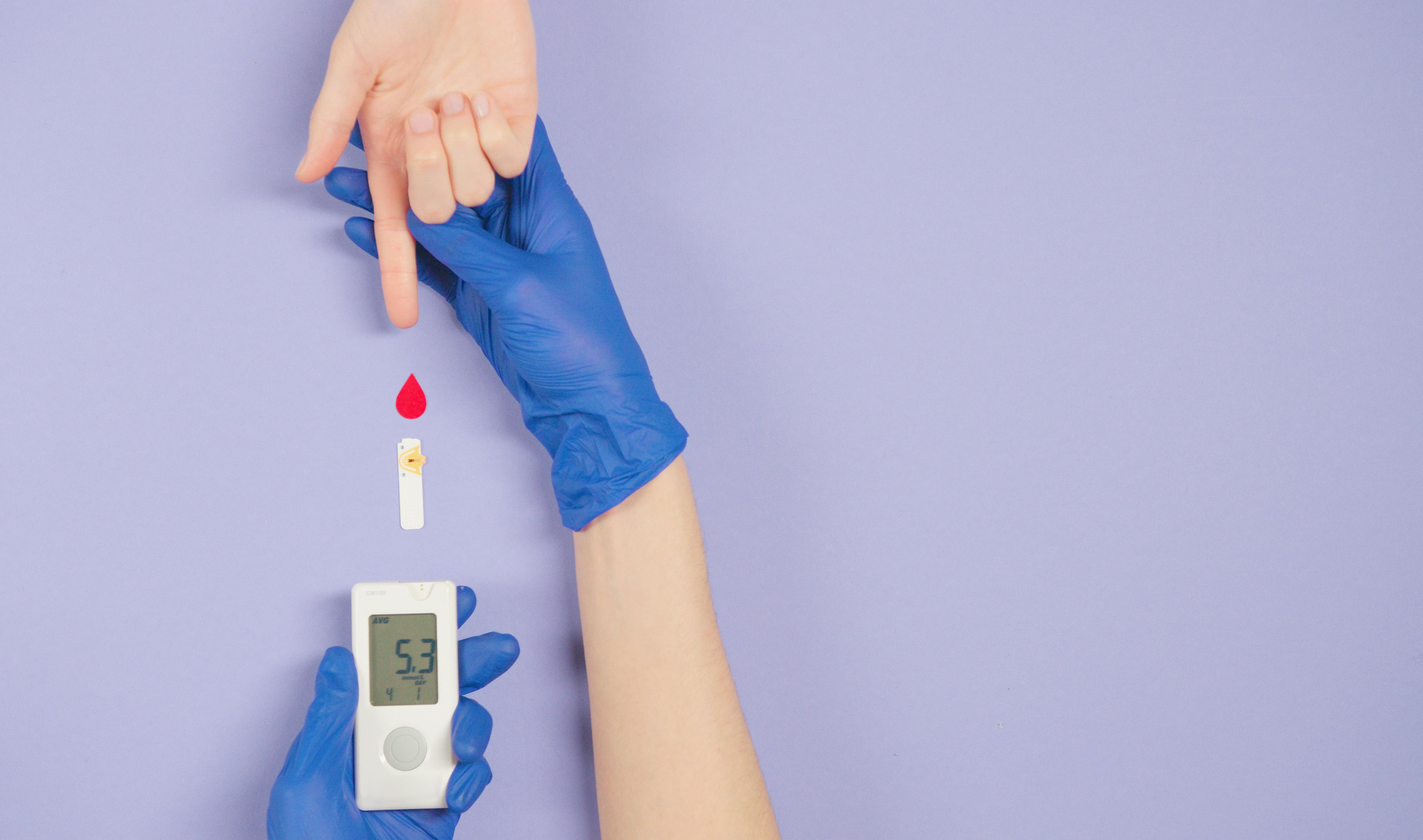
Effective Ways to Remove Skin Tags at Home in 2025
Skin tags, also known as acrochordons, are small, benign growths that often appear on the skin's surface, commonly on areas like the neck, eyelids, and underarms. While these growths are usually harmless, they can be bothersome for many individuals, leading them to seek effective methods for removal. In recent years, various home remedies and treatment options have emerged, offering safe and convenient alternatives. This article will explore effective ways to remove skin tags at home in 2025, highlighting natural treatments, common practices, and important precautions to consider.
Understanding the reasons behind skin tag development is crucial for effective prevention and treatment. Factors such as genetics, obesity, hormonal changes, and skin friction contribute to their appearance. Whether you're a first-time skin tag remover or looking for better solutions, this guide will provide valuable insights. We will cover natural skin tag treatments, the effectiveness of essential oils, over-the-counter products, and safe removal techniques.
The goal is to empower readers with practical knowledge and confidence to address skin tags effectively. By providing a roadmap of remedies, tips, and expert advice, you'll be equipped to manage skin tags safely and efficiently.
Key takeaways include the benefits of using natural remedies, understanding the medical options available, and how to tailor your skincare routine to avoid future skin tags. With the right tools and knowledge, you can enhance your skin health while embracing beauty practices that support your overall wellbeing.
Understanding Skin Tags: Causes and Risk Factors
Building on the foundational knowledge of skin tags, it's essential to delve into what causes these growths and the risk factors associated with their development. Skin tags typically occur when skin rubs against skin or clothing, leading to friction that promotes their growth. Common areas for skin tag formation include the neck, underarms, eyelids, and under the breasts. Certain populations, particularly those with diabetes or obesity, are more prone to skin tags due to increased friction and hormonal changes.
What Causes Skin Tags?
Skin tags often arise due to a combination of genetic predisposition and lifestyle factors. If you have a family history of skin tags, you may be more likely to develop them yourself. Hormonal changes, especially during pregnancy or weight fluctuations, significantly influence skin tag formation.
Skin Tags and Diabetes
Research has shown a connection between diabetes and the prevalence of skin tags. Individuals with insulin resistance or other metabolic syndromes may experience more skin growths. Understanding this link is crucial for diabetic patients, who may need to monitor their skin health closely.
Skin Tags and Age
Skin tags are more commonly found in older adults due to the natural aging process, which causes skin to lose its elasticity. As skin becomes more fragile, it's susceptible to growths. Therefore, incorporating preventative measures in your skin care routine becomes increasingly important as you age.
This naturally leads us to explore effective homemade solutions that can help in managing and removing skin tags.
Natural Remedies for Skin Tag Removal
With these basics established, let's discuss effective home remedies that can aid in skin tag removal. Numerous natural treatments have gained popularity, with anecdotal evidence supporting their efficacy. Here are some effective remedies you can consider.
Apple Cider Vinegar for Skin Tags
Apple cider vinegar is widely recognized for its natural health benefits, including its effectiveness in skin tag treatment. Its acidity can help break down the tissue of skin tags, promoting natural removal. To use this remedy, soak a cotton ball in apple cider vinegar, apply it to the skin tag, and secure it with a bandage overnight. Repeat daily for optimal results.
Tea Tree Oil for Skin Tags
Tea tree oil is celebrated for its antibacterial and antiviral properties, making it an excellent option for skin tag removal. Apply a few drops directly onto the skin tag using a cotton swab, then cover it with a bandage. The oil should be applied twice daily for best outcomes. Always ensure that you conduct a patch test before full application to avoid any adverse skin reactions.
Aloe Vera Skin Tag Remedy
Aloe vera is known for its soothing properties and skin health benefits. It's also effective in treating skin tags. Apply fresh aloe vera gel directly to the skin tag, allowing it to absorb for about 30 minutes before rinsing. Incorporating this treatment twice a day will contribute to the removal process while also promoting hydration and healing.
With these natural remedies explored, let’s move on to over-the-counter solutions that can also provide effective skin tag removal.
 example.com/image2.png
example.com/image2.png
Over-the-Counter Skin Tag Removal Options
Taking this concept further, there are various over-the-counter products designed specifically for skin tag removal. These options can be effective when used properly. Below are some popular choices that you may consider.
Skin Tag Removal Kits
Many pharmacies offer skin tag removal kits that include various products to help you handle skin tags safely at home. These kits often consist of topical solutions, creams, and instructions on how to use them effectively. Ensure you follow the manufacturer’s guidelines for the best outcomes.
Skin Tag Freezing Products
Similar to cryotherapy performed in a dermatological office, there are freezing sprays available for home use. These sprays work by applying freezing temperatures to the skin tag, causing it to fall off over time. This method is particularly effective for individuals seeking a faster solution to skin tags on neck or bikini areas.
Skin Tag Patches
Skin tag patches are becoming increasingly popular for their convenience and effectiveness. These patches often contain active ingredients to dissolve skin tags while providing protection and healing to the skin. By applying them directly to the skin tag and wearing them consistently, users can experience gradual improvement.
Professional Skin Tag Removal Methods
Connected to this principle, for those who prefer a more decisive approach or have larger, persistent skin tags, professional treatments are highly effective. Consulting a dermatologist can provide tailored options based on individual needs.
Dermatologist Skin Tag Removal
Dermatologists offer several methods for skin tag removal, including surgical excision. This approach involves cutting off the skin tag with precision, ensuring minimal scarring. It is typically performed under local anesthesia, allowing for a quick recovery while removing the tag entirely.
Laser Skin Tag Removal
Laser removal is another efficient, minimally invasive option promoted for skin tag removal. Laser therapy targets skin tags with intense light energy, effectively destroying the tag's tissue without harming surrounding skin. This method is preferred by those looking for an almost painless experience with fast healing.
Electrical Skin Tag Removal
Electrical skin tag removal utilizes heat generated by an electrodesiccation device that effectively removes the tag while cauterizing the area. This is particularly beneficial for individuals concerned about bleeding or infections following the procedure.
 example.com/image3.png
example.com/image3.png
Post-Removal Care and Prevention of Skin Tags
After exploring various removal techniques, it is crucial to emphasize post-removal care. Properly caring for your skin after removing skin tags can help avoid infections and ensure healthy healing.
How to Care for Skin Tags After Removal
Post-removal care involves keeping the area clean and protected. It's advisable to apply a gentle antiseptic ointment for the first few days and cover the area with a bandage to avoid irritation. Observe the spot for any signs of infections, such as increased redness, swelling, or pus.
Preventing Future Skin Tags
To avoid skin tags in the future, it's essential to incorporate healthier habits into your skincare regime. Maintaining a balanced diet, managing weight, and reducing skin friction are critical factors. Regular skin self-examinations can help early identification and management of any new growths.
Skincare Routine for Skin Tags
A consistent skincare routine focusing on healthy, balanced skin can prevent skin tags. Consider using gentle exfoliants and moisturizers, combined with natural treatments like aloe vera and tea tree oil to nourish your skin's health.
Q&A: Common Skin Tag Concerns
How Effective Are Home Remedies for Skin Tags?
Many users report success with natural skin tag treatments; however, effectiveness can vary. Results depend on skin type, the size of the tag, and consistent application. Consulting with a dermatologist ensures the most suitable approach.
Are Skin Tags Dangerous?
Generally, skin tags are harmless. They do not usually indicate any serious health issues. However, if there are changes in appearance, such as bleeding or rapid growth, consulting a healthcare provider is crucial for an evaluation.
Can Skin Tags Grow Back After Removal?
Skin tags can potentially grow back, especially if underlying conditions, such as obesity or diabetes, are not addressed. Emphasizing a preventative skincare routine can minimize recurrence.
```